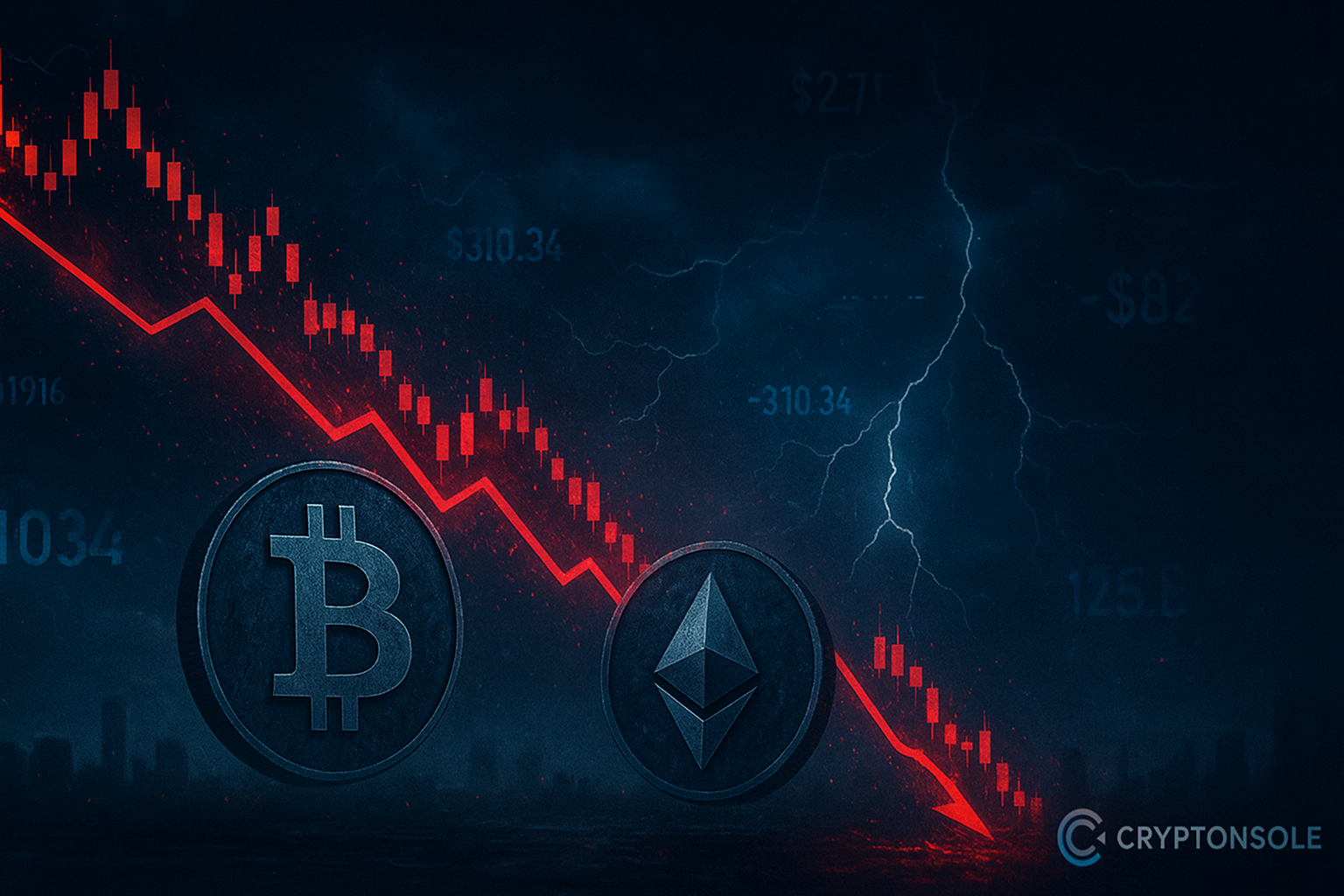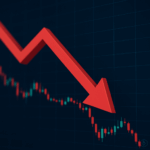Liquidation Wave Hits Crypto Markets Hard
In the past 12 hours, more than USD 19 billion in leveraged positions were liquidated across cryptocurrency markets, with USD 16 billion of that loss traced3 to long positions, according to Coinglass data reported by BlockZeit.
This massive purge marks one of the most intense short-term liquidation events seen in recent months, as volatility surged and leveraged traders were forced out of their bets.
Breakdown & Market Impact
- The distribution of liquidations was heavily skewed: about 88–90% of the losses came from long positions, suggesting that many traders were caught off guard by the rapid downward move.
- Short positions accounted for a smaller share (roughly USD 2–3 billion), indicating that the crash may have been more vicious on the upside bets than counter-bets.
- The scale of liquidations also drove broader market dislocations: sharp price swings, thin liquidity, and cascading margin calls across exchanges.
The event exacerbated sell-side pressure, triggering more forced liquidations in a feedback loop. The unusually large draw from long positions suggests many leveraged traders were overly exposed6 to bullish momentum prior to the crash.
What Drove the Collapse?
Several drivers likely combined to produce this liquidation cascade:
- Excess leverage – A buildup of highly leveraged long positions made the market vulnerable to sharp reversals.
- Volatility spike & market shock – Rapid price swings likely triggered stop-losses and margin calls.
- Liquidity stress – In fast-moving crashes, counterparties retract, spreads widen, and price impact of large orders intensifies.
- Margin architecture & cross-asset exposure – Cross-margin or shared collateral setups could amplify losses across multiple tokens.
While headline macro triggers (e.g. regulatory news, macro surprises) may have contributed, the sheer magnitude of forced liquidations suggests the crash was accelerated by structural leverage vulnerabilities.
Risks, Aftershocks & Considerations
- Buffer erosion: Repeated large liquidations could weaken exchange insurance funds or buffers intended to protect against extreme losses.
- Confidence & capitulation: Traders may hesitate to re-enter, especially leveraged participants, creating a more cautious market environment.
- Concentration risk: Altcoins and lower-cap assets are disproportionately affected in such moves, as they have thinner order books and less resilience.
- Regulatory scrutiny: Events of this magnitude often draw attention from regulators questioning risk controls, derivatives oversight, and investor protections in crypto.
- Recovery potential: Some tokens may recover strongly post-liquidation if fundamentals hold, but many may remain depressed, especially those with weak fundamentals or limited liquidity.
What to Watch in the Coming Hours & Days
- Liquidity & spread behavior — whether markets stabilize or remain erratic
- Auto-deleverage (ADL) triggers — whether exchanges force deleveraging to absorb residual shortfalls
- Buffer replenishment — whether exchanges restore insurance or buffer funds through fees or treasury contributions
- Volume & participation metrics — to see if retail or institutional3 flows return
- Price supports & bounce levels — tested zones may emerge as important levels for recovery or breakdown
Bottom Line
The crypto market just witnessed a violent purge: USD 19 billion in leveraged positions liquidated in mere hours, with USD 16 billion coming from long trades. The event lays bare the fragility of markets crowded with leverage and underscores the importance of risk controls, liquidity design, and prudent position sizing. Whether markets recover or spin further depends heavily on behavioral dynamics, exchange safeguards, and the resilience of underlying fundamentals.
QU3OJX6Z












